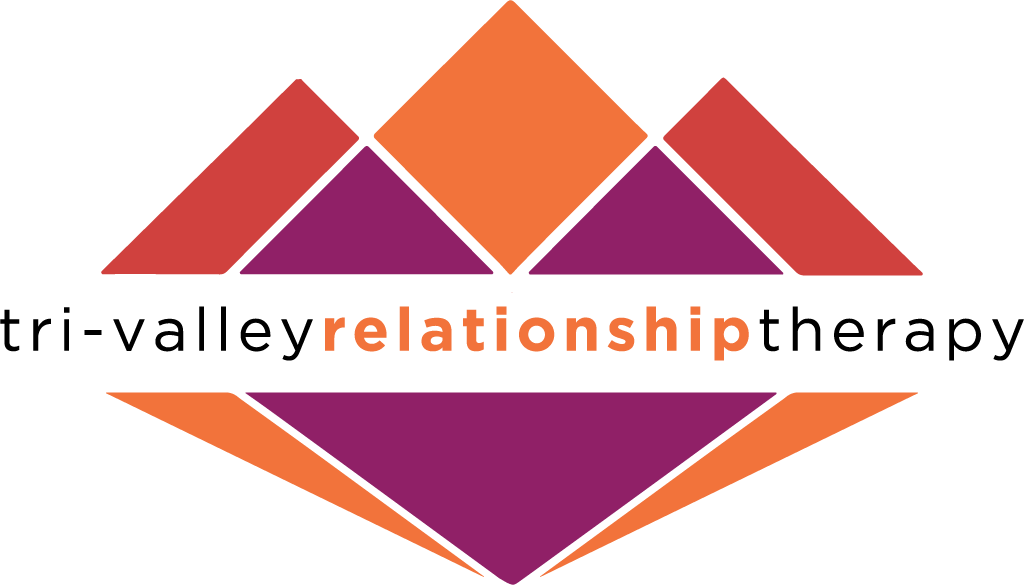Attachment Based Communication Tips For Couples
Couples therapy at Tri Valley Relationship Therapy can rejuvenate your communication by understanding your partner’s attachment style better.
This article was originally published on Marriage.com
As a couple’s therapist, I frequently hear partners describe each other as clingy, cold, rejecting, or always in-their-own-world. What they are essentially describing are not personal attributes but attachment styles that form in early childhood and continue to impact our adult relationship
The way in which we relate to our partners, whether we seek intimacy or closeness, how preoccupied we are with our intimate relationships and how we handle rejection are factors that determine our attachment styles. In other words, attachment styles are our ways of relating to our intimate partners. They are a result of our early attachment-based interactions with our parents and social wiring.
Attachment can be secure or insecure, depending on the quality of our relationship with our parents when we were very young. The two main styles of insecure attachment are the anxious and avoidant attachment. The most common dynamic that I see among couples experiencing relational distress is a partner with an anxious attachment style paired with a partner who is avoidant.
Partners with an avoidant attachment style often find that they are unable to give what their partners want from them such as physical affection, closeness, or emotional intimacy. An avoidant attachment style is an adaptation to early parental emotional neglect which manifests itself as a strong need for autonomy and independence in intimate adult relationships.
When upset, avoidant partners need alone time to calm down and they tend to experience a very high level of interpersonal stress in their relationships. However, rarely do they look within to find the root cause of their problems. They often attribute the relationship stress to either their partner or external circumstances.
People with the mindset that trust almost always leads to disappointment and are really good at taking care of others but not of themselves tend to have an anxious attachment style. Partners with anxious attachment might perceive their partner to be selfish or self-centered and feels stuck in a one-sided relationship where their needs are not being taken care of in the way they are taking care of their partner.
They tend to have a strong need to talk things out when they are upset. Anxious attachment is an adaptation to inconsistent parental love and attention. They are also more likely to be always on the alert for any threats to the relationship and is very sensitive to even the slightest shift in their partner’s mood or the dynamic of the relationship.
Fear, concern & worry tends to preoccupy them and they tend to jump to conclusions about their relationships very quickly.
How to communicate with a partner who has an anxious attachment style?
People with anxious attachment styles often worry about their feelings being a burden, and their biggest vulnerabilities or fears are separation, being alone & abandoned.
If your partner has an anxious attachment style, it might be helpful for you to follow these tips to overcome challenges in your anxious attachment relationship:
Make eye contact and convey that you are attentive, engaged and responsive during a conversation.
Show curiosity/interest and ask questions.
Offer reassurance spontaneously and also when prompted.
Share things about you and your feelings- not knowing how you feel or where things stand is very unsettling for your anxious partner.
Try to resolve/repair things at the moment or quickly. Give your partner a chance to talk about their feelings.
How to communicate with a partner with an avoidant attachment style?
People with avoidant attachment styles often worry about being intruded upon or feeling trapped, and their biggest vulnerabilities or fears are being blamed/criticized or feeling out of control.
If your partner has an avoidant attachment style, it might be helpful for you to:
Listen more and talk less- a couple of sentences at a time with a gap in between when your partner can respond- you want the conversation to be a dialogue and not a monologue. If you find yourself in a monologue, you have already lost your audience (partner).
Give your partner time to process feelings/thoughts- don’t be intrusive with your questions or insist that your partner needs to share with you how they are feeling right then and there.
Instead, let them know that they can reach out to you when they are ready to talk.
Lead the conversation with vulnerability and softer feelings- starting a conversation with anger, criticism, and blame is very counterproductive Put your feelings aside in the moment to encourage your partner to open up in order to build a mutually vulnerable relationship.
Try to resolve/repair things quickly. Don’t blindside your partner with several unresolved issues that you have been sitting on- instead bring up one issue at a time, resolve it and then move on to the next one.
These are some of the most useful ways to achieve effective communication in a relationship. Despite the varying attachment styles, importance of communication in relationships cannot be underlined enough. That’s why it is important to address the question – how to fix communication in a relationship and deepen love, compassion, and empathy for each other.

